Today's Top Picks
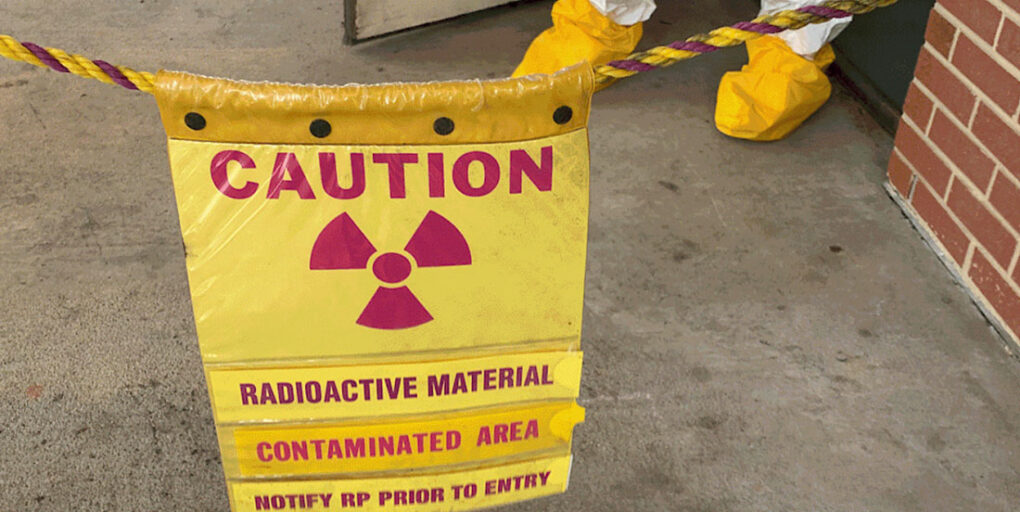
Radiation Emergency Medical Challenges and a Global Pandemic
It seems that every day over the past two years there are plenty of news stories covering the strain hospitals are facing in staffing shortages and the impacts from a global pandemic. Emergency medical services (EMS) are also dealing with their own similar issues across the nation. Many of these critical facilities and services are located in the proximity of nuclear power plants in which previous agreements were established to provide treatment, patient transportation, radiation monitoring, and decontamination in the event of a patient-generating event within a nuclear power plant’s emergency planning zones.

Application of the Cynefin Framework to COVID-19 Pandemic
Since the spring of 2020, variables such as mistrust of government leaders, anti-maskers, and economic concerns complicated COVID-19 community response. The Cynefin framework is a sensemaking theory in the social sciences to create a framework for emergency managers in large-scale events.
Trending
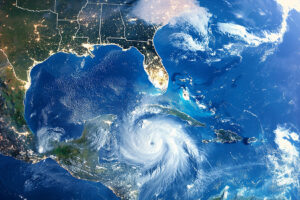 Emergency Management has Evolved: Why the… by Chas Eby While initially useful, the term “all hazards” no longer accurately describes the functions or mission of the emergency management discipline.…
Emergency Management has Evolved: Why the… by Chas Eby While initially useful, the term “all hazards” no longer accurately describes the functions or mission of the emergency management discipline.… Imagining the U.S. Without Power: A Dual-World EMP Exercise by Charles (Chuck) L. Manto, K. Luke Reiner and Dave Hunt A dual-world tabletop exercise simulating an electromagnetic pulse event in Chicopee, Massachusetts, revealed startling discrepancies in outcomes between the city’s…
Imagining the U.S. Without Power: A Dual-World EMP Exercise by Charles (Chuck) L. Manto, K. Luke Reiner and Dave Hunt A dual-world tabletop exercise simulating an electromagnetic pulse event in Chicopee, Massachusetts, revealed startling discrepancies in outcomes between the city’s… Elevating Healthcare Emergency Preparedness… by Kathryn Romanchuk and Ben Kobliner Overlooked until disaster strikes, many emergency management departments struggle with personnel and budgetary constraints, yet the demand placed on these…
Elevating Healthcare Emergency Preparedness… by Kathryn Romanchuk and Ben Kobliner Overlooked until disaster strikes, many emergency management departments struggle with personnel and budgetary constraints, yet the demand placed on these…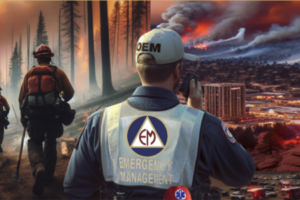 The Forefront of Innovation in Training &… by Arthur J. Simental Disaster wargaming may significantly change the future of tabletop exercises in emergency management and homeland security. Long used effectively to…
The Forefront of Innovation in Training &… by Arthur J. Simental Disaster wargaming may significantly change the future of tabletop exercises in emergency management and homeland security. Long used effectively to…Trending
 Elevating Healthcare Emergency Preparedness… by Kathryn Romanchuk and Ben Kobliner Overlooked until disaster strikes, many emergency management departments struggle with personnel and budgetary constraints, yet the demand placed on these…
Elevating Healthcare Emergency Preparedness… by Kathryn Romanchuk and Ben Kobliner Overlooked until disaster strikes, many emergency management departments struggle with personnel and budgetary constraints, yet the demand placed on these… The Forefront of Innovation in Training &… by Arthur J. Simental Disaster wargaming may significantly change the future of tabletop exercises in emergency management and homeland security. Long used effectively to…
The Forefront of Innovation in Training &… by Arthur J. Simental Disaster wargaming may significantly change the future of tabletop exercises in emergency management and homeland security. Long used effectively to… Emergency Management has Evolved: Why the… by Chas Eby While initially useful, the term “all hazards” no longer accurately describes the functions or mission of the emergency management discipline.…
Emergency Management has Evolved: Why the… by Chas Eby While initially useful, the term “all hazards” no longer accurately describes the functions or mission of the emergency management discipline.… Imagining the U.S. Without Power: A Dual-World EMP Exercise by Charles (Chuck) L. Manto, K. Luke Reiner and Dave Hunt A dual-world tabletop exercise simulating an electromagnetic pulse event in Chicopee, Massachusetts, revealed startling discrepancies in outcomes between the city’s…
Imagining the U.S. Without Power: A Dual-World EMP Exercise by Charles (Chuck) L. Manto, K. Luke Reiner and Dave Hunt A dual-world tabletop exercise simulating an electromagnetic pulse event in Chicopee, Massachusetts, revealed startling discrepancies in outcomes between the city’s…Trending
Emergency Management has Evolved: Why the… by Chas Eby While initially useful, the term “all hazards” no longer accurately describes the functions or mission of the emergency management discipline.…
Imagining the U.S. Without Power: A Dual-World EMP Exercise by Charles (Chuck) L. Manto, K. Luke Reiner and Dave Hunt A dual-world tabletop exercise simulating an electromagnetic pulse event in Chicopee, Massachusetts, revealed startling discrepancies in outcomes between the city’s…
Elevating Healthcare Emergency Preparedness… by Kathryn Romanchuk and Ben Kobliner Overlooked until disaster strikes, many emergency management departments struggle with personnel and budgetary constraints, yet the demand placed on these…
The Forefront of Innovation in Training &… by Arthur J. Simental Disaster wargaming may significantly change the future of tabletop exercises in emergency management and homeland security. Long used effectively to…
Domestic Preparedness Journal
Featured in this issue: Editor’s Note: Emergency Communications—Tough Lessons From the Maui Wildfires, by Catherine L. Feinman; Emergency Alerts: The Missing Link, by Rodrigo (Roddy) Moscoso; Hidden Barriers to Public Safety Interoperability, by Gabe Elias; AI Software in 911 Dispatch Centers: An Innovative Solution, by Tanya M. Scherr; A Systems Thinking Approach to Improving Emergency Communications, by William Chapman; Connectivity: The Foundation of Disaster Response and Preparedness, by Cory Davis; Know the Audience: Five Keys to Effective Communication, by Marc Hill; Bridging Communication Gaps: Lessons From Hurricane Helene, by Greg Hauser; A Regional Approach to Public Safety Communications Planning, by Charles (Charley) Bryson
Articles Out Loud

Article Out Loud – Disaster Stress Management in an Emergency Operations Center
May 7, 2025
Disasters affect responders and community members, but they also bring trauma to those working inside emergency operations centers. Distance from

Article Out Loud – A Holistic Strategy for Responders’ Well-Being
May 7, 2025
This is an article by Camilo Olivieri, an Article Out Loud from Domestic Preparedness, May 7, 2025. First responders and






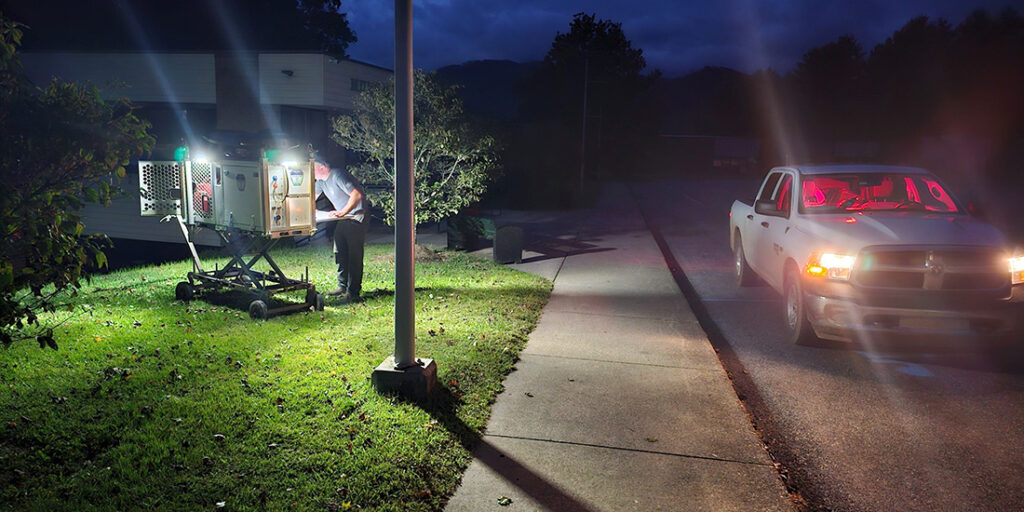
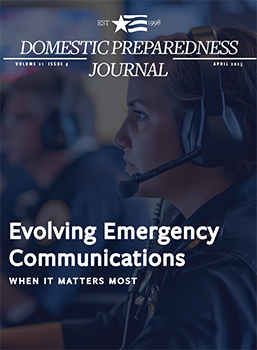

Bipartisan Commission Says Nation Unprepared for Biological Events